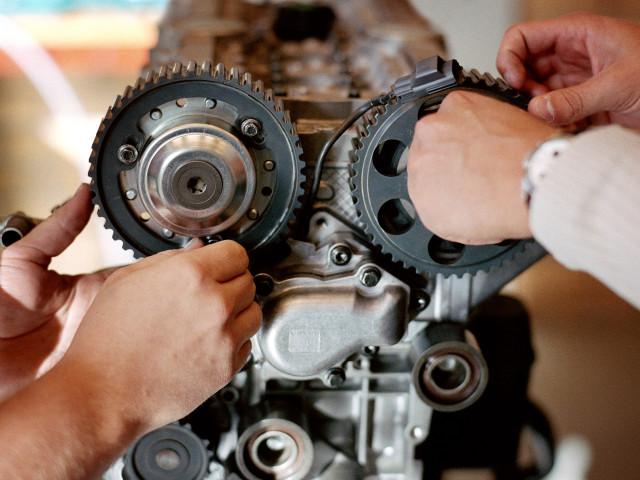The basic theory used in CFD methods is dealt with during lectures; models for viscous flow, inviscous flow coupled with boundary layer solvers, compressible and incompressible flow. Properties of the governing partial equations are treated, as well as numerical methods for solving these.
The theory is then applied in a number of computer labs where you learn how to use CFD software (in particular the Swedish national code EDGE). The CFD codes are used to solve a series of applied problems in aerodynamics. The labs are performed in cooperation with others. Guest lectures give insight in industrial applications of CFD, in particular the interaction between aerodynamics and design of aircraft.
